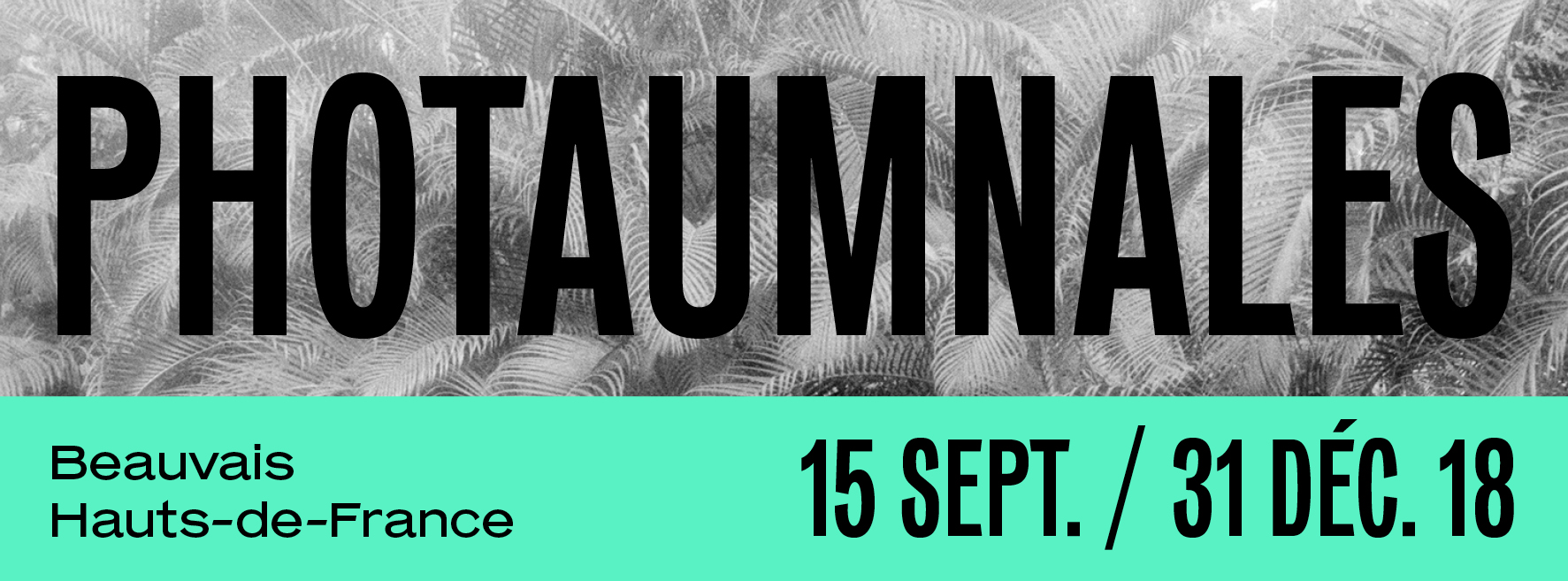 |
where memory remains
|
LE QUADRILATÈ RE
22 rue Saint-Pierre at BEAUVAIS
Phone : 03 44 15 67 00 (week)
Thuesday - Friday: 12am - 6pm - Saturday and Sunday: 10am - 6pm
Closed on 25 December
FREE ENTRANCE
|
Ambroise TÉZENAS - Sibylle BERGEMANN - Claude DITYVON - Patrick TOURNEBOEUF - Susan TRANGMAR - Cléa COUDSI & Eric HERBIN - Sophie ZÉNON - Jean-Pierre GILSON
Ambroise TÉZENAS
Tourism of Desolation
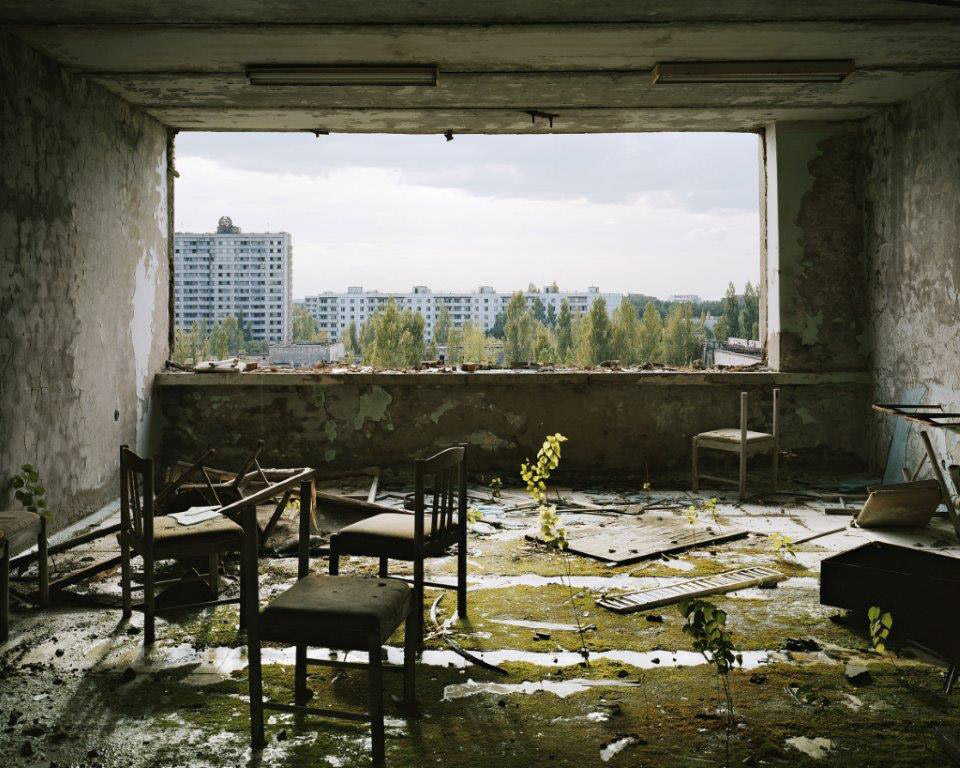
Ambroise Tézenas has investigated the phenomenon known as “dark tourism”, which consists of visiting places marked by tragedy. Earthquakes, tsunamis, accidents, industrial disasters, disaster areas or destitute are all potential "destinations" and sites whose discovery is able to fill the ambiguous curiosity of a growing number of followers.
The photographer selected a dozen emblematic places and registered with tour operators to be immersed in the same experience as any other tourist. For the sake of accuracy, he took care to photograph only what visitors could see.
From the massacre at Oradour-sur-Glane in 1944 to the ruins of the 2008 Sichuan Province earthquake in China, Ambroise Tézenas crosses the 20th century, including Cambodia, Rwanda, Ukraine and Lebanon. He draws up an inventory of these organised trips of a new kind, which he summarises in one sentence: "Here, we come to check a nightmare".
Born in 1972 in Paris, Ambroise Tézenas graduated from the School of Applied Arts in Vevey (Switzerland) in 1994. Based in London and Paris, he is represented by Galerie Mélanie Rio in Paris. His work is regularly published in the international press and appears in several collective works on the European landscape.
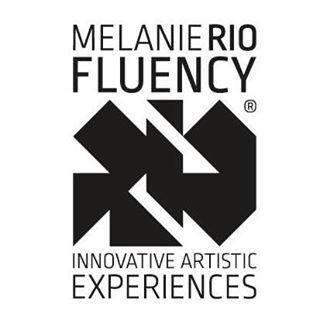
Tourisme de la désolation, Actes Sud, 2014
www.ambroisetezenas.com
|
Sibylle BERGEMANN
Das Denkmal (The Monument)
Proposed by the CRP / Regional Centre for Photography in Hauts-de-France, from its collection
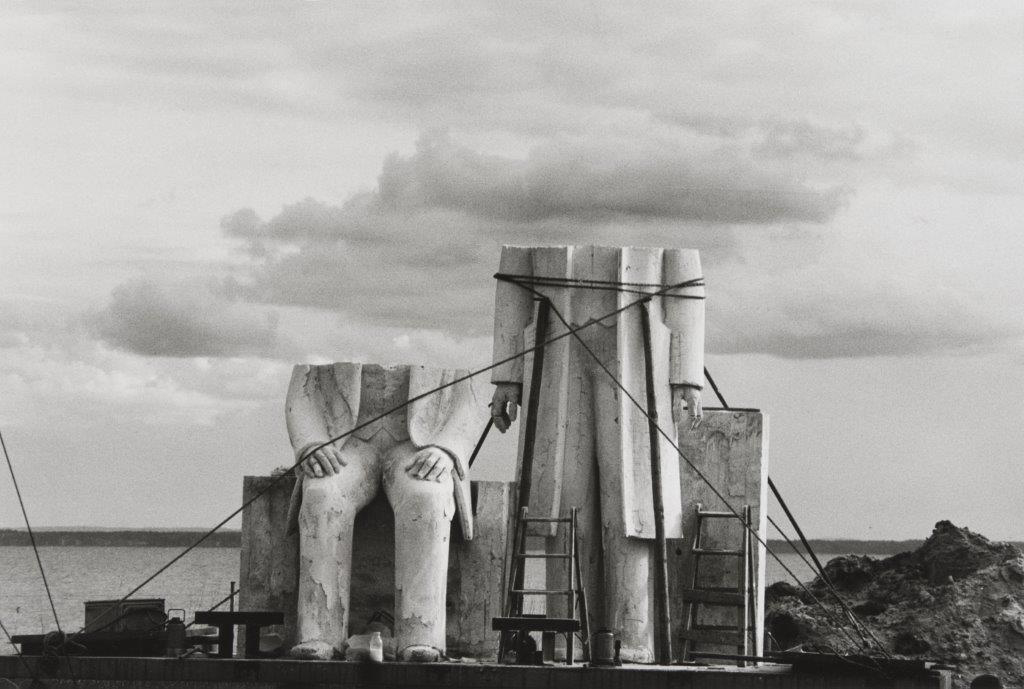 © Estate Sibylle Bergemann, Ostkreuz © Estate Sibylle Bergemann, Ostkreuz
Between 1975 and 1986, Sibylle Bergemann produced a set of photographs documenting the construction of the Marx-Engels Forum in the Mitte district of East Berlin. Through this series, we follow the various stages of the monument’s construction. It was commissioned by the GDR authorities to pay tribute to the founding fathers and theoreticians of the communist movement. The bronze statues of Marx and Engels in the centre of the forum were designed by the sculptor Ludwig Engelhardt. Throughout the images, these two great men can be seen in all states, whether suspended in the air, truncated or packed, the subject of premonitory visions full of humour, both dreamlike and poetic.
"In her photographs, Sibylle Bergemann completes reality with her own dreams, making banality poetic. This is linked to her background, the country called GDR, which for various reasons felt obliged to degrade, cleanse, cut and castrate. The hems of the skirts were pulled down and the corners of the mouths pulled up, the broken plaster was retouched, and the bins removed. Throughout these years of orderly optimism, the photographer captured the seriousness of things. Faced with the threatened individuality, she responded with absurdities and sadness. Melancholy as a means of defending the subjective, the individual... the incalculable.”
— Excerpt from an article by Jutta Voigt for Freitag review.
Sibylle Bergemann (1941-2010) was one of the leaders in the revival of German photography. She became a member of the Berlin Academy of the Arts after reunification and was one of the co-founders of the OSTKREUZ photography agency alongside Arno Fisher.

|
Claude DITYVON
Comme un souffle
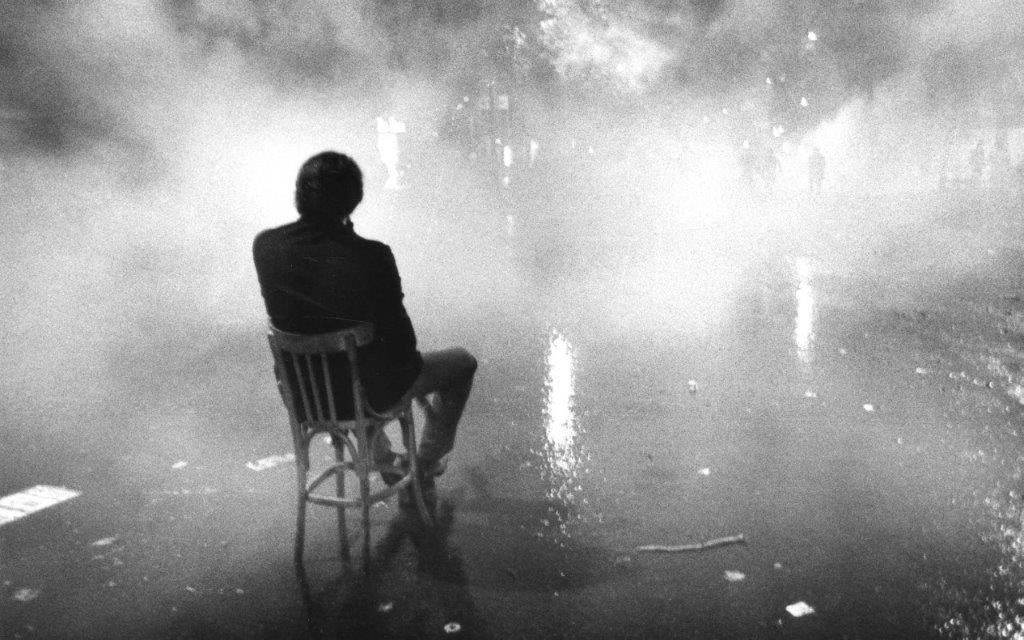 © Claude Dityvon, Bd St Michel Paris 5e, 24 May 1968 © Claude Dityvon, Bd St Michel Paris 5e, 24 May 1968
What were known as ‘the events’ became, for Claude Dityvon a true field of visual adventures. He was already seeking what would later be found developed in his images, namely ‘man’s place in urban space’.
Dityvon captures and shares an atmosphere, a state of mind, an air of liberty that suited him perfectly. He who said, “The street spoke. Me, I speak. And looking is also a way of speaking”, found, without apparent effort, with unequalled fluidity of framing because he does not seek to be demonstrative, a form of urban poetry at those moments of intense confrontation.
So Claude Raimond-Dityvon’s May 68 is anything but reportage. It could be described as a chronicle, in the best sense of the term, or a journal, almost a notebook, as if he had been on a trip around a troubled Paris in which he had landed somewhat by chance. No symbolic image, no document to accompany the headlines of the dailies or magazines, no seeking to go down in history. Just a discernible pleasure at having been lucky enough to be there, at that time, and able to capture the images without the constraints getting in the way. He managed to show what is between things, what is not seen and that seems like a music of words and the rustle of the streets, his way of taking t(he pulse. And that is already quite something.
— Christian Caujolle MAI 68 - État des lieux, CLAUDE DITYVON / André Frère Éditions
Claude Dityvon (1937-2008) won the Niepce prize in 1970 and in 1972 was a cofounder of Agence Viva, which he managed until 1980 with his wife Chris. He left an important body of work on various themes, always with Man as central subject.
|
 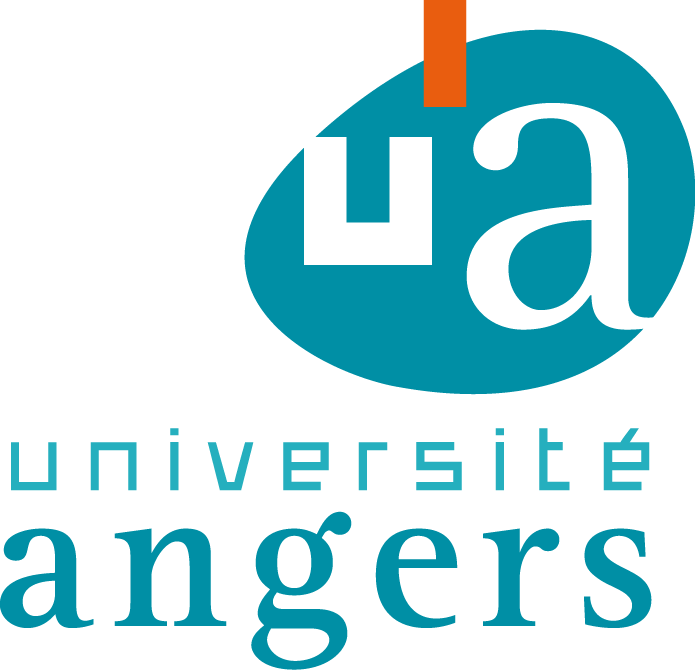 |
Patrick TOURNEBOEUF
Steles, the Invisible (creation)
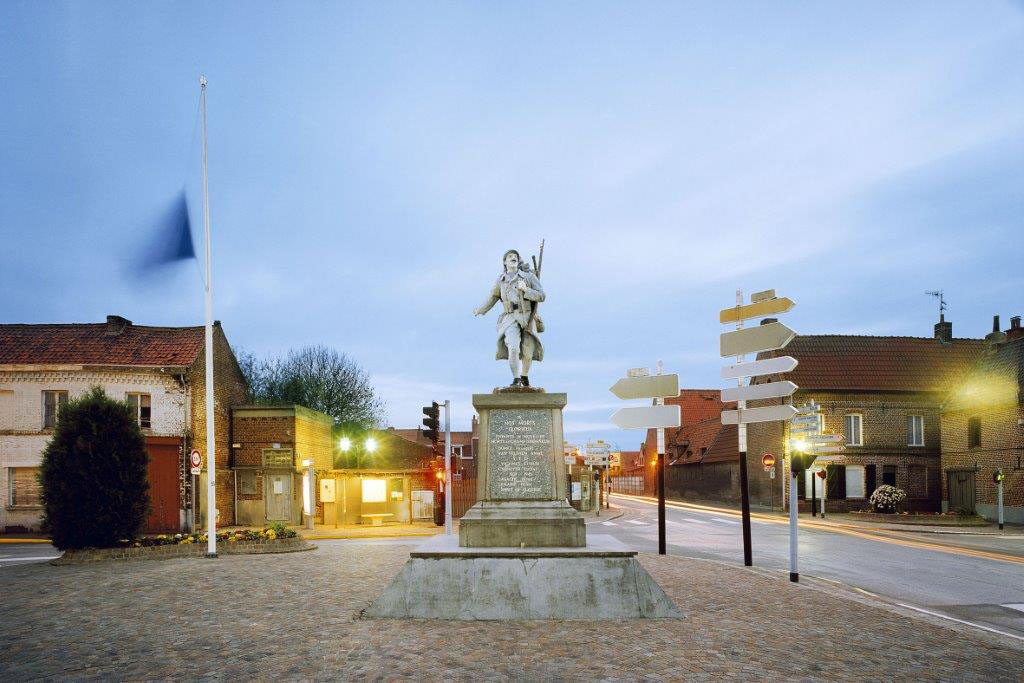 Since 2003, Patrick Tournebœuf has devoted part of his work to recording the stigmata of history, through four series: The Scar, on traces of the Berlin Wall, The memory of D-Day, on the Normandy landing beaches, Monolith on the natural disappearance of blockhouses from the coastal landscape, and Steles on the monuments to the dead of the Great War. Since 2003, Patrick Tournebœuf has devoted part of his work to recording the stigmata of history, through four series: The Scar, on traces of the Berlin Wall, The memory of D-Day, on the Normandy landing beaches, Monolith on the natural disappearance of blockhouses from the coastal landscape, and Steles on the monuments to the dead of the Great War.
In every town or village, some trace of the conflict is preserved in honour of those who were lost during the Great War: war memorials have become steles in the very heart of the settlement. Like landmarks, they are to be found in the forecourts of town halls, on market squares, in front of the church or in the middle of the cemetery.
These first traces of commemoration bear witness to this history linking the intimate to the universal, revealing for each municipality its positioning through the choice of the geographical location of the monument, the metaphorical representation of the political or simply of the economic means available. These steles save from oblivion the acts, and especially the names, of all those who went through the unspeakable horror of the war. Created by commissioned artists of various origins and approaches, these sculptures were put up like so many tall figures erected to stand against time. They perpetuate the pain of the country through allegory, and thus transcend memory.
Born in 1966 in Paris, Patrick Tournebœuf is a member of the collective Tendance Floue.
http://tendancefloue.net
|
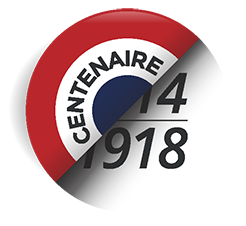  |
Susan TRANGMAR
UNFOUND (film 23'42'')
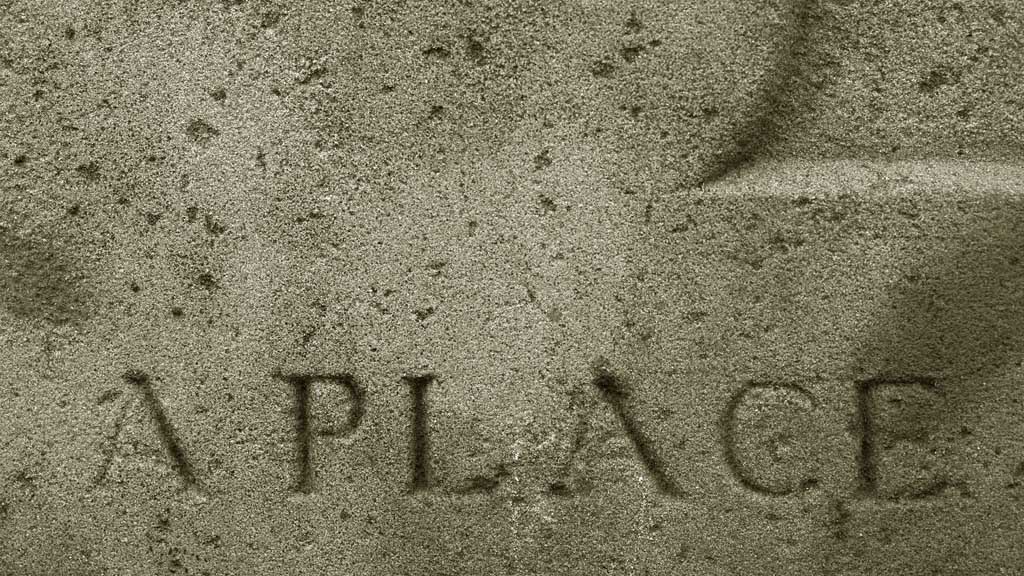 One starts by identifying a place on a map. Then, by driving or walking, a place is arrived at. A first visit takes place with the arrival of spring, fertile and green. The cemeteries appear arbitrarily, dotted within the landscape. Their intimate serenity or exposed, stark brutality can be shocking. One starts by identifying a place on a map. Then, by driving or walking, a place is arrived at. A first visit takes place with the arrival of spring, fertile and green. The cemeteries appear arbitrarily, dotted within the landscape. Their intimate serenity or exposed, stark brutality can be shocking.
ROSSIGNOL WOOD. SUNKEN ROAD. Entering each enclosure, there is always a sense of crossing a boundary. The efflorescence of nature creeps up to the external perimeter, ready to reclaim the ground. GUARDS. QUEENS. GUNNERS.
One walks up and down the lines inspecting each headstone, feeling the imperative to take note of every single name, every inscription, every memorial, even though this is impossible. The more names are read, the less the imagination is able to make sense of the scale of destruction they represent. Names pile up as a monstrous accumulation of wasted potential. BITTER.
For some, the need to forget is the only kind way to carry on. For others, to return is a compulsion. Writing is always at hand to attempt an explanation and an opportunity to translate and re-iterate.
Susan Trangmar was born in Brighton. She has worked for many years with the photographic image in a variety of media: still photography, projection installation, moving image and sound. She currently lives and works in London, where she is Reader in Fine Art at Central Saint Martins UAL.
In 2016, Susan Trangmar was invited by Diaphane as artist in residence during the centenary of the Battle of the Somme
UNFOUND has been published as a DVD booklet by Diaphane Editions.
www.susantrangmar.com
|
 
|
Cléa COUDSI & Éric HERBIN
Les soupirants / Chemins sur feuille d’être
Suitors / Paths on Leaves of Being
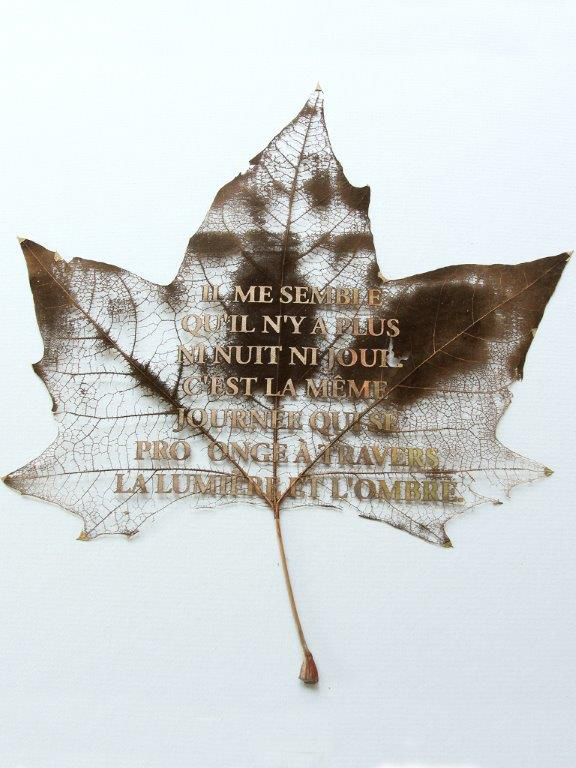
During their residency at the Historial de la Grande-Guerre de Péronne, Cléa Coudsi and Éric Herbin picked up tree leaves here and there. Each leaf is the trace of the place where it was picked up, a piece of landscape. On these leaves they used a laser to engrave, like a tattoo, two series of images: one of faces (Paths on Leaves of Being), the other with texts (Suitors).
This technique was inspired by a series of dried and hollowed leaves preserved at the Historial of the Great War. These leaves, almost intact, seem to have escaped the vicissitudes of time. The texts comprise excerpts from letters written during the Great War. The typography chosen to transcribe these epistolary fragments is the one used for the words engraved on the marble of memorials. The fragility of dried plant replaces the eternity of marble. The epistolary bursts take the place of aligned names and dates.
The veins of the leaves evoke neural networks and geographical maps. Through this technique, the motif (whether portrait or text) merges with its support.
This work was created in 2016-2017 as part of the Paysages en Résonance project, produced by the Historial de la Grande-Guerre de Péronne-Thiepval, with aid from the Regional Directorate of cultural affairs in the region of Hauts-de-France.
Cléa Coudsi was born in 1980 and Éric Herbin was born in 1979. They both live and work in Lille. They studied at the École des Beaux-Arts in Dunkerque, Dijon and Aix-en-Provence, as well as at Fresnoy, National Studio of Contemporary Arts. They have shared a workspace since 2002. Their works mix video, sound, mechanical installations and photography.
www.paysagesenresonance.fr 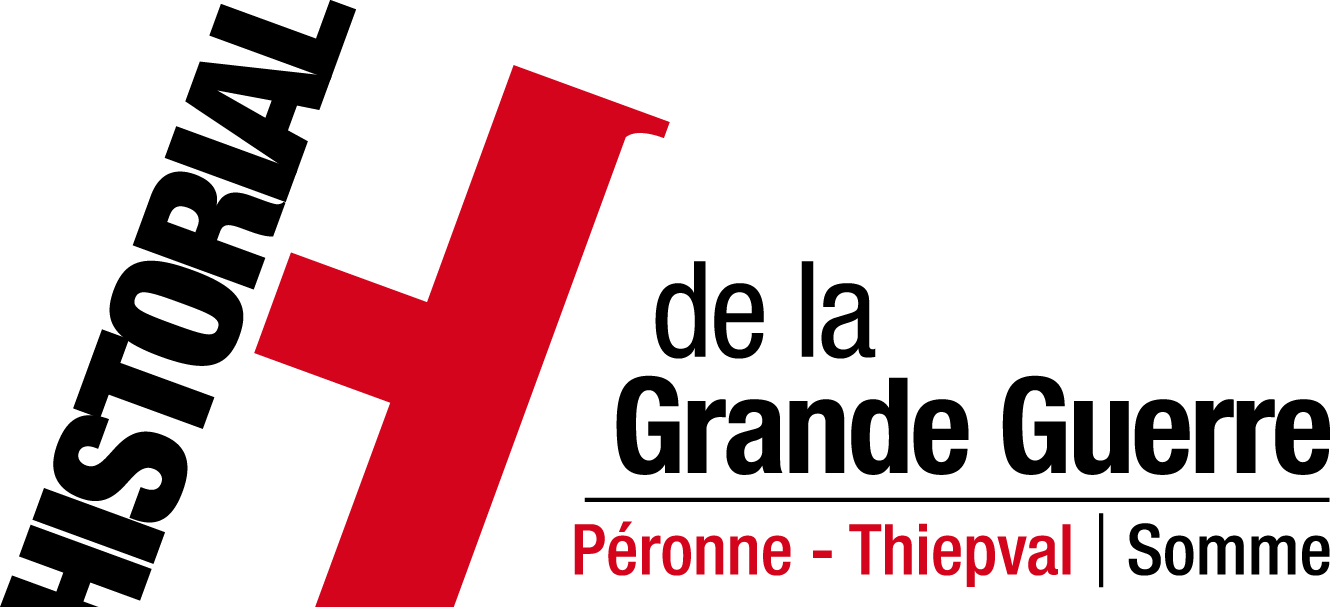
|
Sophie ZÉNON
To Live Here (Film 17’12’’)
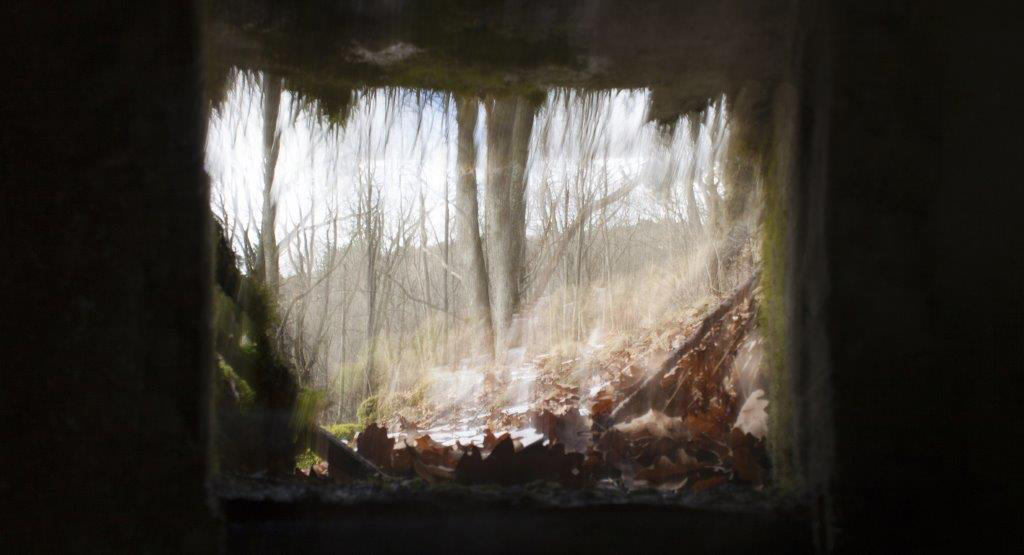 Hartmannswillerkopf, Vosges - 2017Pour Vivre Ici [To live here], title borrowed from a poem by Paul Eluard, is a film made during a creative residency in 2017 (Abri mémoire, Uffholtz) on the Vosges site of Hartmannswillerkopf (HWK), important First World War site, also called "The Old Armand" or "The Man Eater". It addresses the issue of restoring the memory of a place of conflict during the First World War. The notions of identity and of the frontier run through this project steeped in contemporary history, at a precise moment in our history where Europe is threatened, confronted with the rise of the nationalism and where never in the world have there been so many walls erected between peoples. Hartmannswillerkopf, Vosges - 2017Pour Vivre Ici [To live here], title borrowed from a poem by Paul Eluard, is a film made during a creative residency in 2017 (Abri mémoire, Uffholtz) on the Vosges site of Hartmannswillerkopf (HWK), important First World War site, also called "The Old Armand" or "The Man Eater". It addresses the issue of restoring the memory of a place of conflict during the First World War. The notions of identity and of the frontier run through this project steeped in contemporary history, at a precise moment in our history where Europe is threatened, confronted with the rise of the nationalism and where never in the world have there been so many walls erected between peoples.
Halfway between documentary and aesthetic research, based on the work of scientists such as botanists and National Forest Office staff, this work provides an interpretation of the place from its forest and an approach to the site through those who live there, being close to it, experiencing it. Dazzling lights, vibrant landscapes, superimpositions of archival documents and natural elements made in situ, constitute the context of a personal expression reflecting both the spirit of the places and the way in which people have learned to live with this forest. The central character of the film, Raoul Ermel, a carpenter living at the foot of the HWK, initiated by his grandfather – a veteran at the HWK – at the site, provides a sensitive testament to his relationship with the forest. As a counterpoint, Manuela Morgaine, an artist, reads passages from the journal of officer cadet Henri Martin, present at the HWK in 1915 (Le Vieil Armand, 1915, Payot, 1936), a journal chosen for the wealth of both humanity literary qualities in its texts.
Born in Seine-Maritime in 1965, Sophie Zénon is represented by the galleries Thessa Herold (Paris), Les Comptoirs Arlésiens (Arles) and Schilt (Netherlands).
Pour vivre ici, Loco editions, 2018
www.sophiezenon.com
|
Jean-Pierre GILSON
The Aube Front
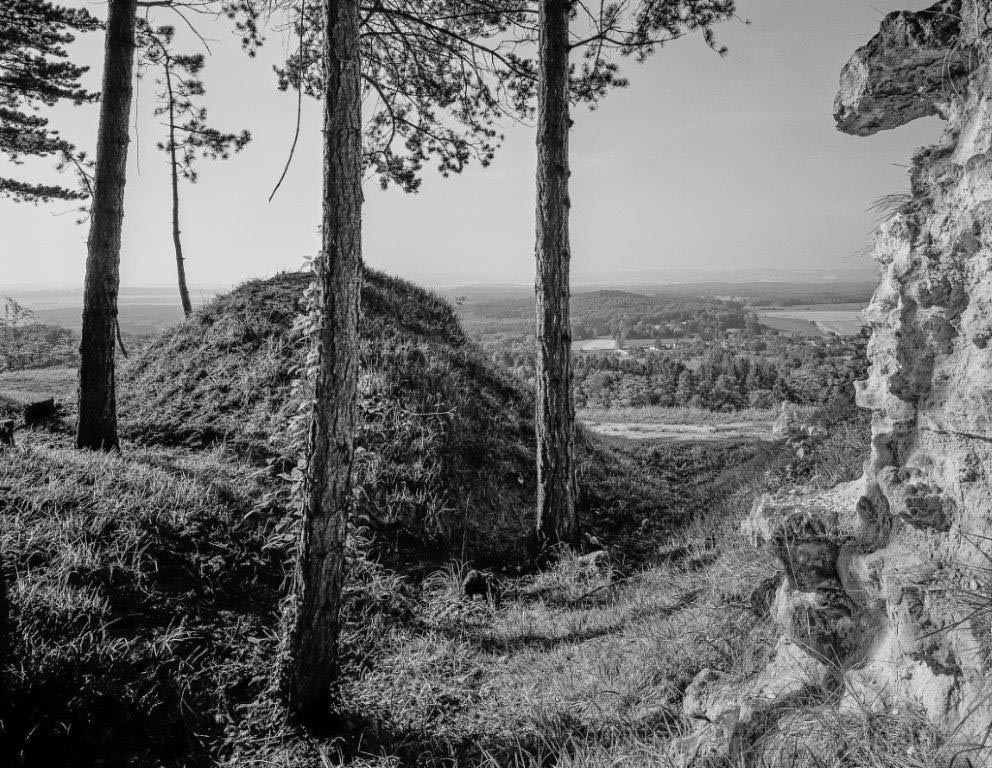
These images are striking in the way they singularly recall the look of the landscapes before the beginning of the combat and massive artillery shelling.
What is noticeable is their flatness, lack of relief, the rarity of shelter they provide, so much so that the least group of trees, the slightest worn-down path, the shallowest valley was immediately transformed into a strategic position, a tactical advantage point. It is almost impossible today to look at these scenes of rural calm without discerning their military potential.
However, these photographs are much more than mere sources of historical evidence – they are memorable in themselves, and show what a great landscape photographer Jean-Pierre Gilson is. American critic Janet Malcolm says: “If you scratch a photograph you find… a painting”. This aphorism is perhaps never as true as when it comes to landscapes. This analogy, however, has a limit: almost no painted landscape is monochrome. And it is Gilson's monochromatic landscape that makes them particularly memorable, making them exceptional images, not just topographic surveys.
— William Boyd
Born in 1948 in Compiègne, Jean-Pierre Gilson devotes himself to landscape-oriented art photography.
le front de l’aube, Maryline Desbiolles, Jean-Pierre Gilson, éditions des Cendres, 2017
www.jpgilson.fr |
| |
| |
| |













 Since 2003, Patrick Tournebœuf has devoted part of his work to recording the stigmata of history, through four series: The Scar, on traces of the Berlin Wall, The memory of D-Day, on the Normandy landing beaches, Monolith on the natural disappearance of blockhouses from the coastal landscape, and Steles on the monuments to the dead of the Great War.
Since 2003, Patrick Tournebœuf has devoted part of his work to recording the stigmata of history, through four series: The Scar, on traces of the Berlin Wall, The memory of D-Day, on the Normandy landing beaches, Monolith on the natural disappearance of blockhouses from the coastal landscape, and Steles on the monuments to the dead of the Great War. One starts by identifying a place on a map. Then, by driving or walking, a place is arrived at. A first visit takes place with the arrival of spring, fertile and green. The cemeteries appear arbitrarily, dotted within the landscape. Their intimate serenity or exposed, stark brutality can be shocking.
One starts by identifying a place on a map. Then, by driving or walking, a place is arrived at. A first visit takes place with the arrival of spring, fertile and green. The cemeteries appear arbitrarily, dotted within the landscape. Their intimate serenity or exposed, stark brutality can be shocking.

